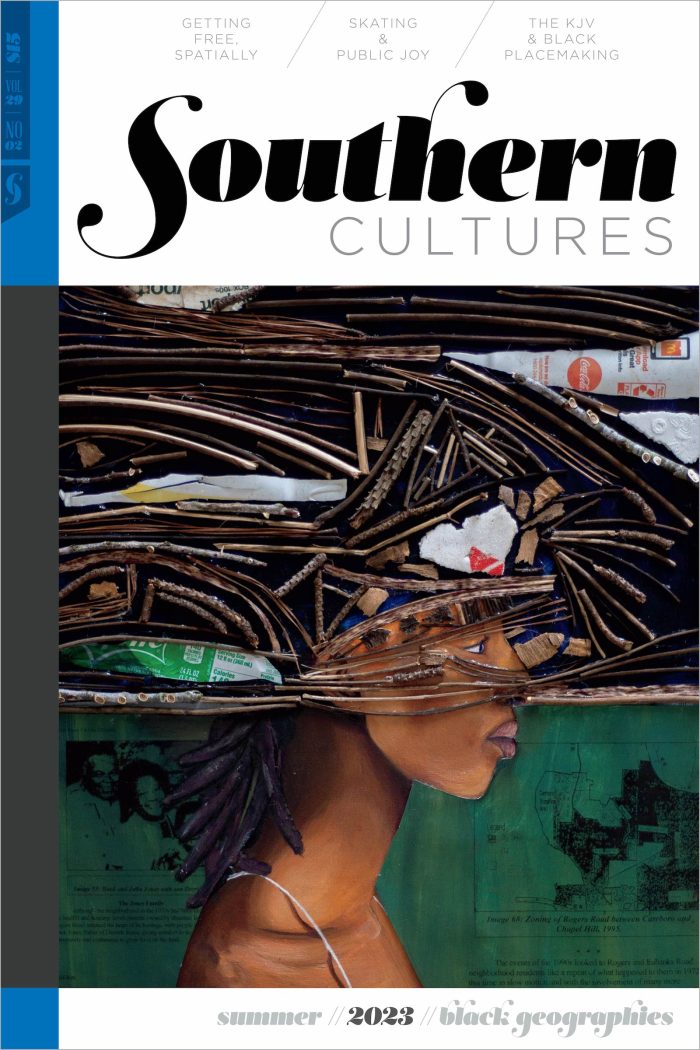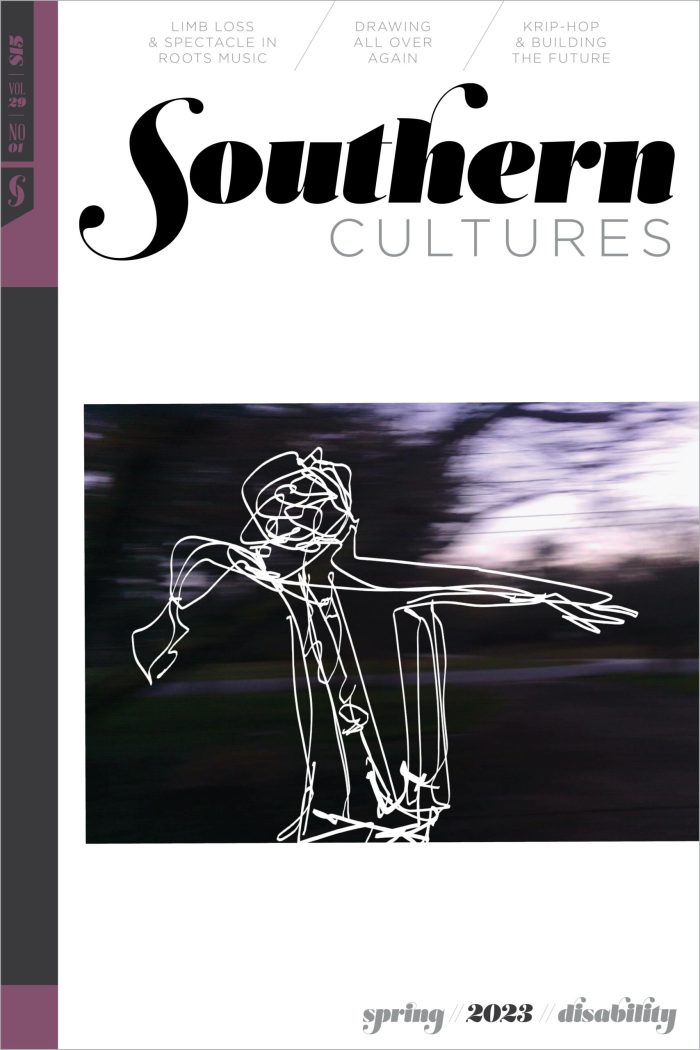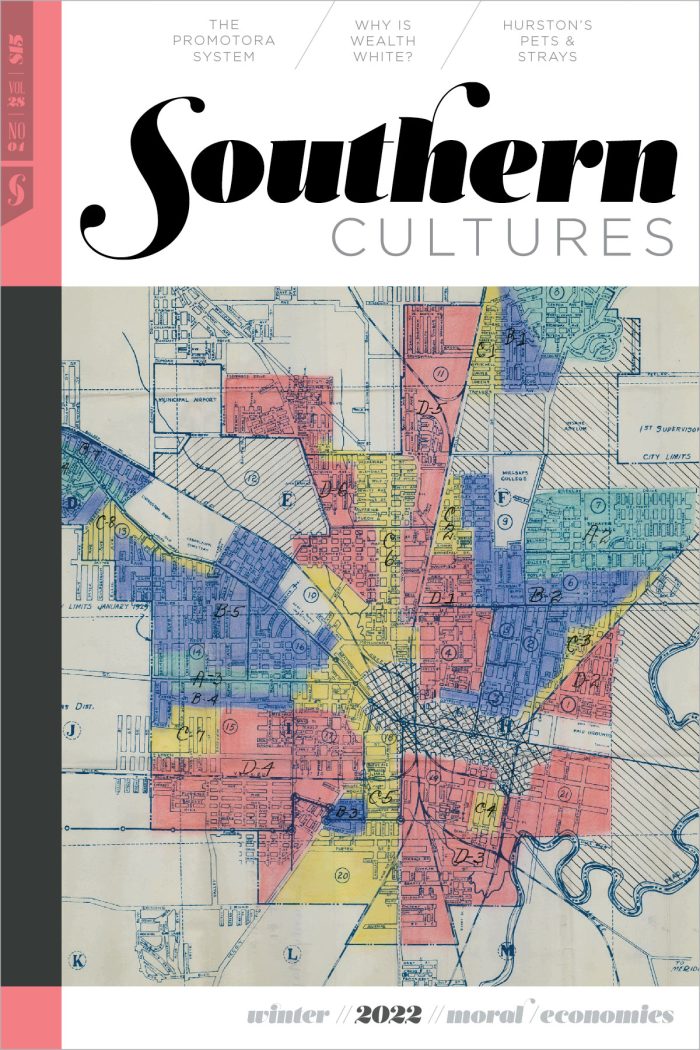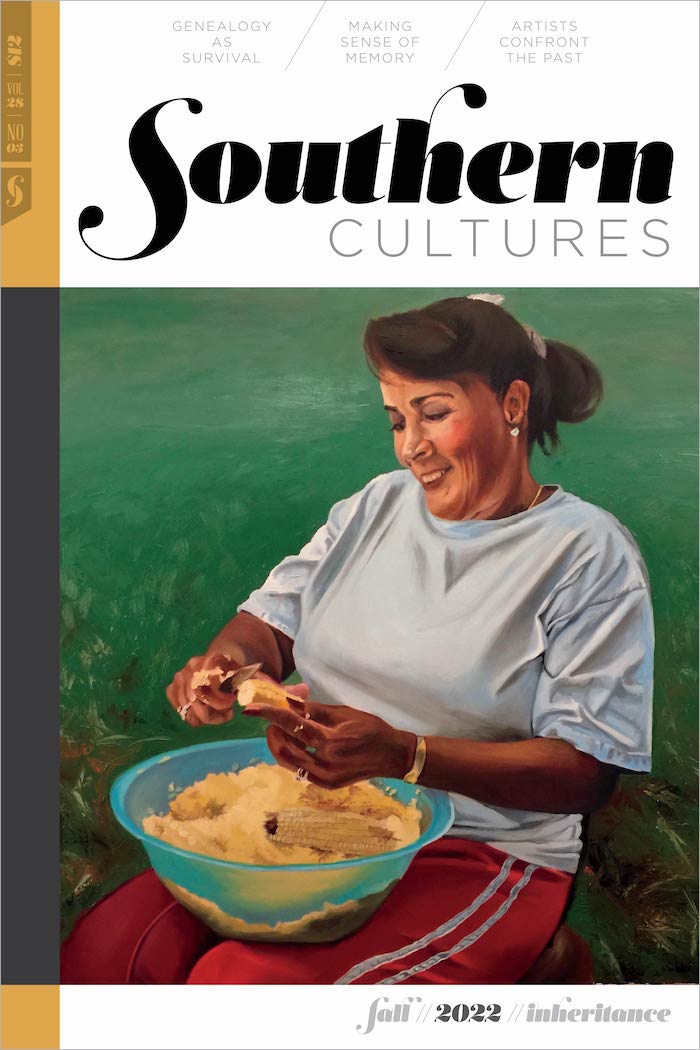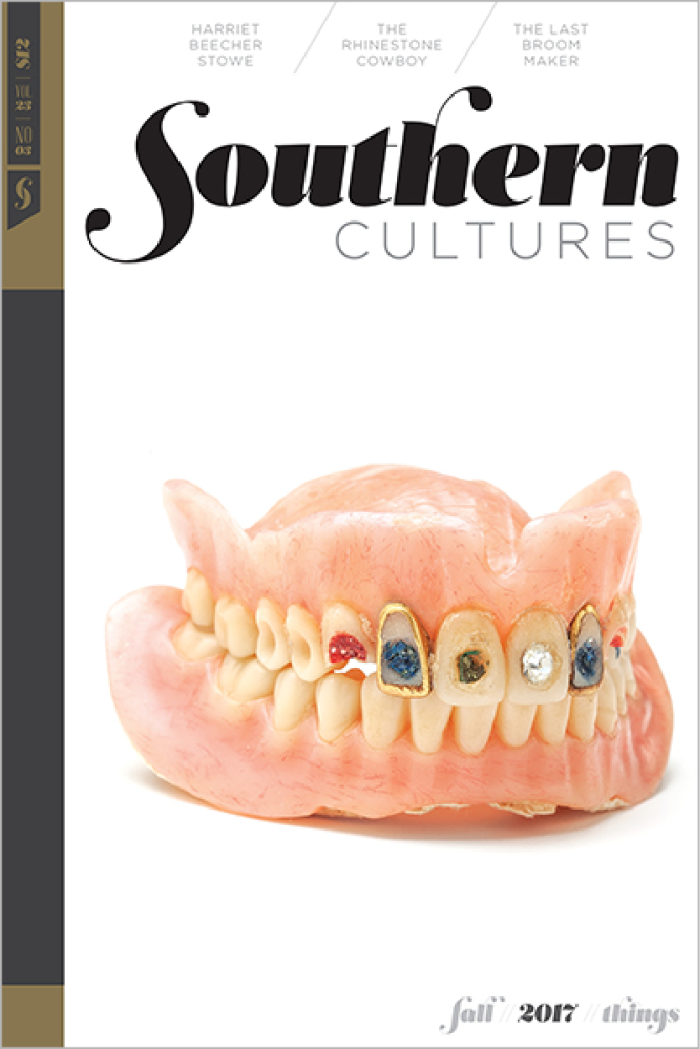
Vol. 23, No. 3: Things
// fall 2017
Mississippi’s Rhinestone Cowboy. West Virginia’s last commercial broom-maker. Harriet Beecher Stowe’s orange grove. And all sorts of other southern things. Guest edited by Bernie Herman, we think this issue is pure gold (if the glitzy cover didn’t give that away).

